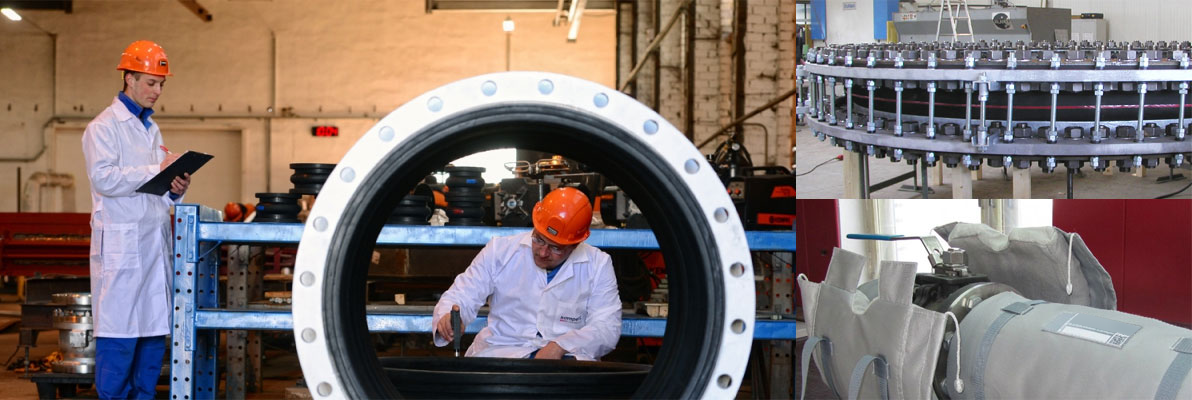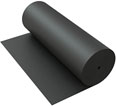

Synthetic materials
Synthetic materials. The most popular raw materials: polyester, polyvinyl, polyamide. Materials of this grade are produced from synthetic threads. The range of modern fabrics is fairly wide. This is not only because different raw materials can be used. Finished material acquires its final characteristics only after processing and using the technology in the manufacture of DN 80 compensator. Characteristics and properties are mainly determined by the interweaving type.
Material Types and Features
Among the multitude of options, customers usually pay attention to the characteristics of fabrics used for making clothes. The most common materials:
For producing cotton fabric both soft and thin fibers are used, twisted in the axial direction. The material’s features are high strength, chemical resistance and ability to preserve its initial properties even after long-term exposure to factors like ultraviolet light, moisture, high and low temperatures. The fabric and clothes have medium absorption values, normally 18-20%, that is why it dries slowly. The only drawback of the material is its low shape retention and risk of shrinking if incorrectly handled. Cotton products are easily crumpled which is not always comfortable in everyday use. The material has the following benefits: wonderful softness, air permeability, and strength. Cotton application area is very wide. The material is an excellent solution for making normal and protective clothes, bed-clothes, upholstery, rubber compensator DN 80 and many others.
Blog
Industrial dampers for air and gas ducts are designed to regulate the supply and shutdown of working gases in boiler plants of thermal power plants with a temperature not higher than 425 ° C at a pressure of 0.004 MPa.
Application areas of fabric compensators are various: steel industry and metallurgy, chemical plants, ore dressing plants, oil refineries, coal mines, as well as cement factories, household waste recycling plants, landfill gas utilization plants and other areas of modern industry. Apart from the above, fabric expansion joints are often used in the food industry.
Rubber expansion joints, or vibration joints - are flexible joints made of natural or synthetic elastomers and used to compensate for temperature movements of pipelines, misalignment of pipelines, as well as to eliminate and reduce vibration and absorption of noise produced by pipelines, pumps and other mechanisms.



